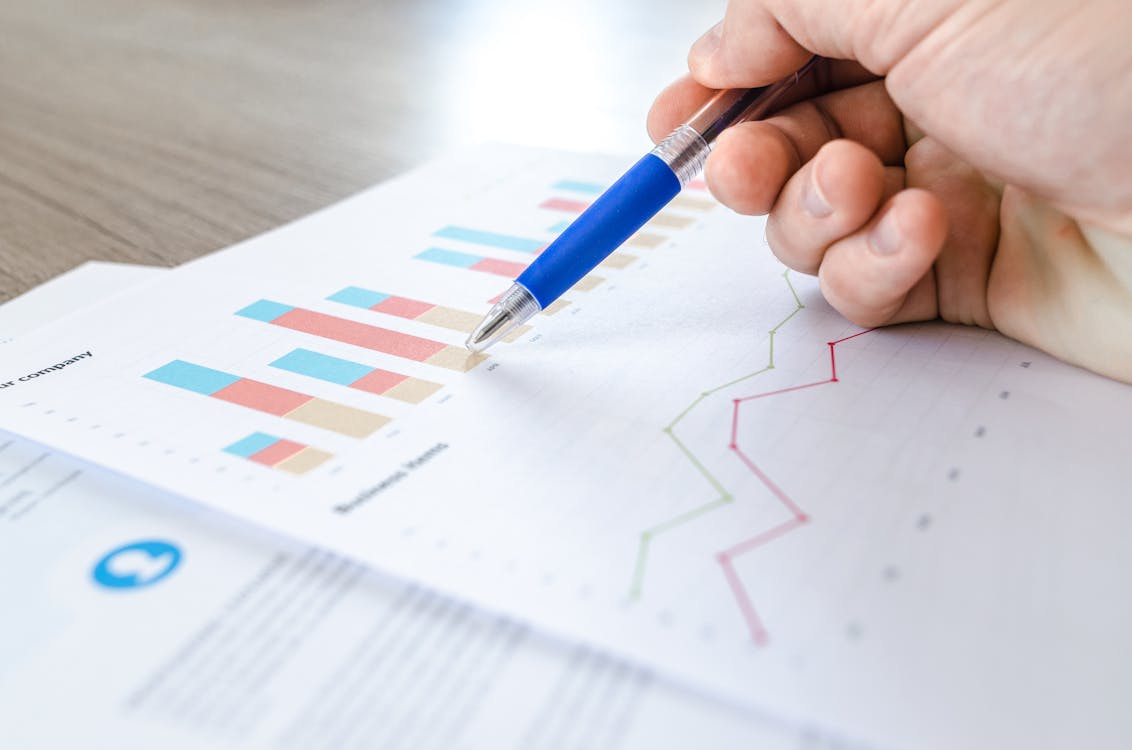Philippine Outlook Dims Amid Sharp Slowdown In GDP Growth

Image Source: Pexels
Third-quarter GDP growth disappointed at 4.0% YoY, dragged down by weak investment and softer government spending, while exports provided temporary support. We downgrade our 2025 growth forecast to 4.7% (from 5.2%) as sentiment weakens and tariff headwinds loom, reinforcing our call for a 25bp central bank rate cut in December.
Third-quarter GDP growth missed expectations by a wide margin
The Philippines’ third-quarter GDP growth slowed sharply to 4.0% year-on-year, falling short of consensus by nearly 1 percentage point. Domestic demand weakened significantly:
- Investments contributed almost nothing to growth.
- Government spending added only 0.8pp, down from 1.5pp in the second quarter.
- Private consumption growth also eased compared to the first quarter.
On the upside, exports accelerated, rising by 7.0% YoY in the third quarter versus 4.7% YoY previously, accounting for roughly half of overall growth.
Double whammy stalls investment growth
Investment growth came to a standstill due to two key factors:
- Corruption scandals put government spending under intense scrutiny, leading to a sharp pullback in investments. This was evident in weaker public capex, reduced construction activity, and dampening private sector sentiment.
- Tariff uncertainty further delayed investment decisions. Initially, the Philippines appeared to benefit from tariffs with a relatively lower rate of 17% announced on Trump's 'Liberation Day'. However, the rate was raised to 19% in July 2025, aligning with the rest of ASEAN, erasing its tariff advantage.
Domestic demand falls sharply

Source: CEIC
Weakest consumption contribution since Covid-19 pandemic
Private consumption remained the largest driver of GDP growth, accounting for 74% of overall growth. However, its contribution – 3 percentage points – was the lowest since the pandemic. The slowdown appears linked to eroded consumer confidence following recent corruption scandals, and multiple typhoons in the third quarter, which caused severe agricultural damage, with the sector contracting 6% QoQ.
While credit growth stayed strong, suggesting underlying resilience, the unemployment rate ticked up to 4.3% in Q3 2025 from 3.4% in December 2024. This is not alarming yet, but it’s a trend worth monitoring.
Downgrading our GDP growth estimates
Today’s GDP numbers raise concerns that soft government spending could become a longer-term drag, weighing not only on fiscal outlays but also on business and private sector sentiment. While agriculture and private consumption are likely to rebound in the fourth quarter, investment and public spending may remain muted, keeping the overall GDP growth numbers subdued.
The Business Outlook Survey reinforces this caution: the 12-month all-industry confidence indicator fell to its lowest level since 2022 in the third quarter, with respondents most pessimistic about construction and real estate.
Externally, export strength in Q3 provided some support, but this resilience may fade in 2026 as the full impact of higher tariffs takes hold, eroding competitiveness. As a result, we now expect full-year GDP growth for 2025 at 4.7%, down from our estimate of 5.2% earlier. This strengthens our call for a 25bp rate cut by Bangko Sentral ng Pilipinas in December.
More By This Author:
FX Daily: More Noise Than Signals For The Dollar
No Need To Stress Over Hungary’s Latest Retail And Industry Figures
December Bank Of England Cut More Likely After Latest Decision
Disclaimer: This publication has been prepared by the Economic and Financial Analysis Division of ING Bank N.V. (“ING”) solely for information purposes without regard to any ...
more


